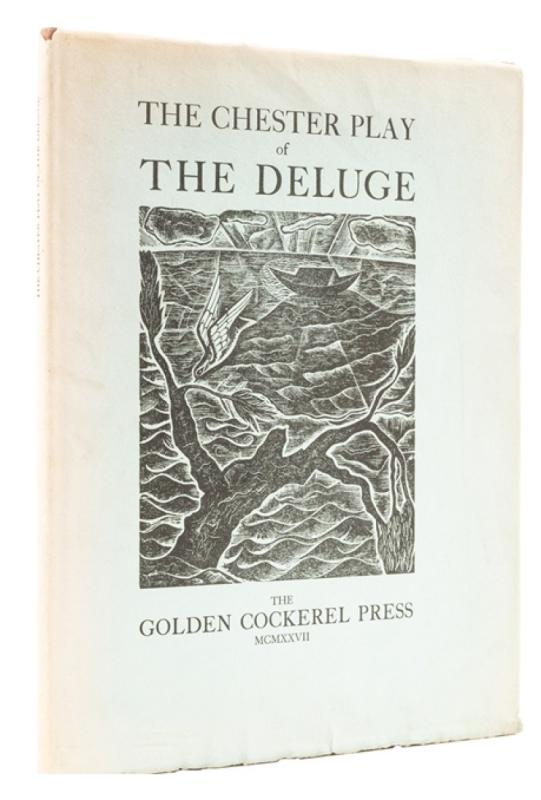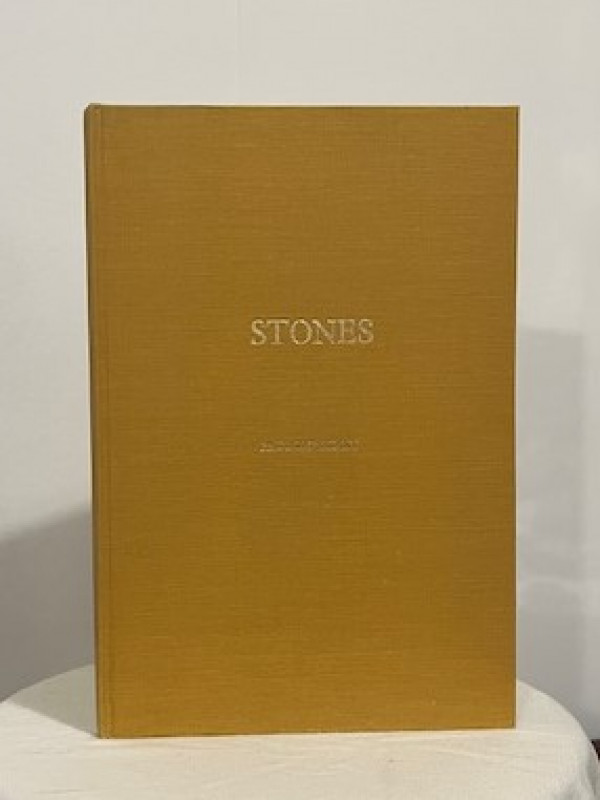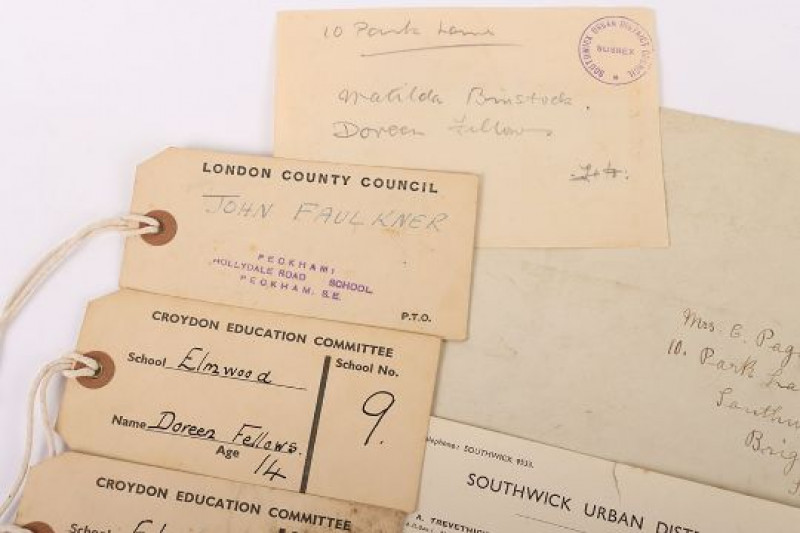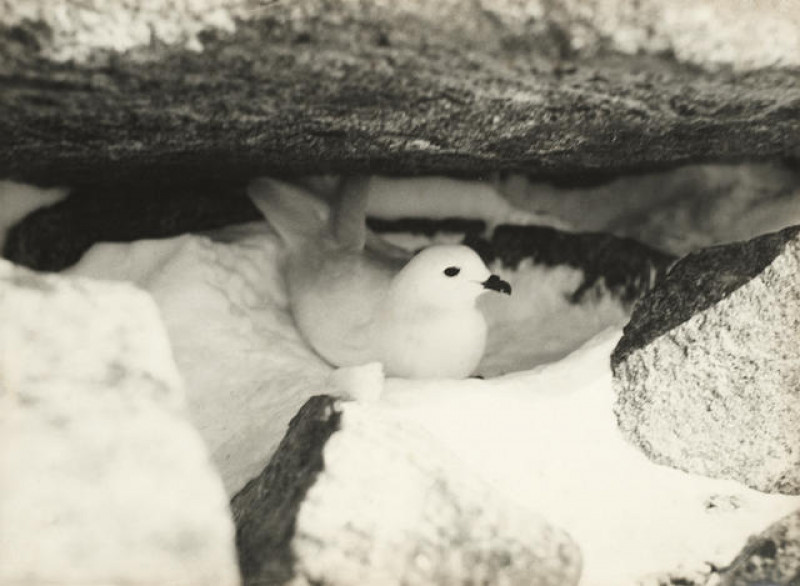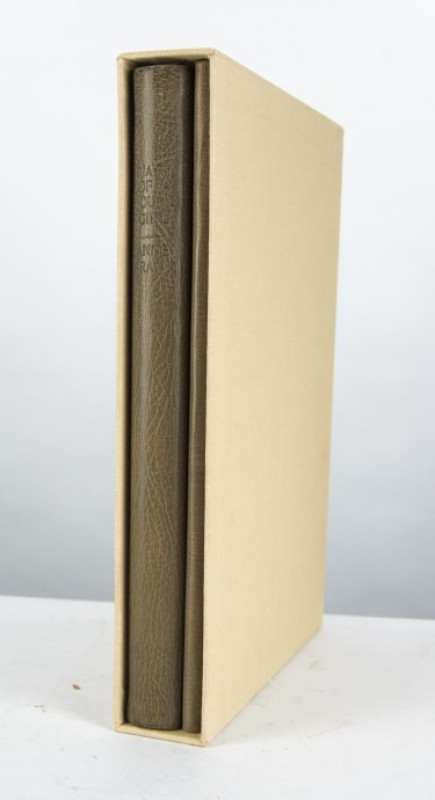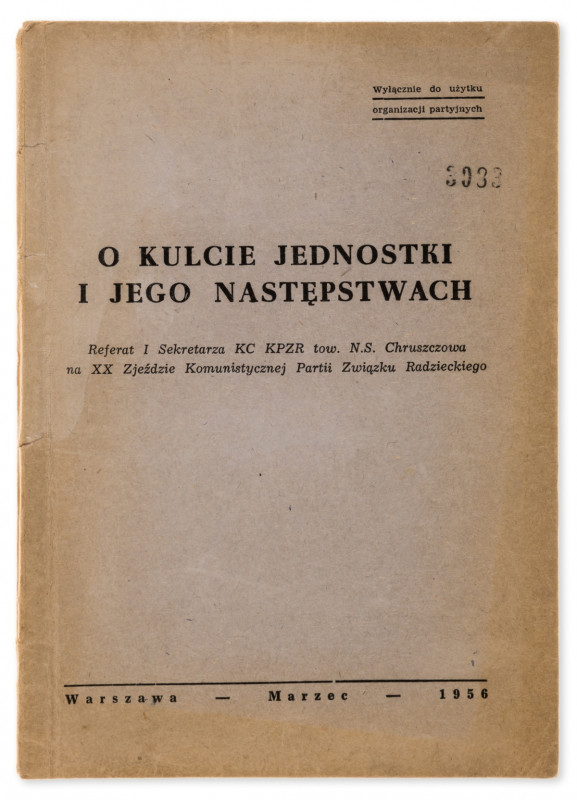Chinese Labour Record of Service
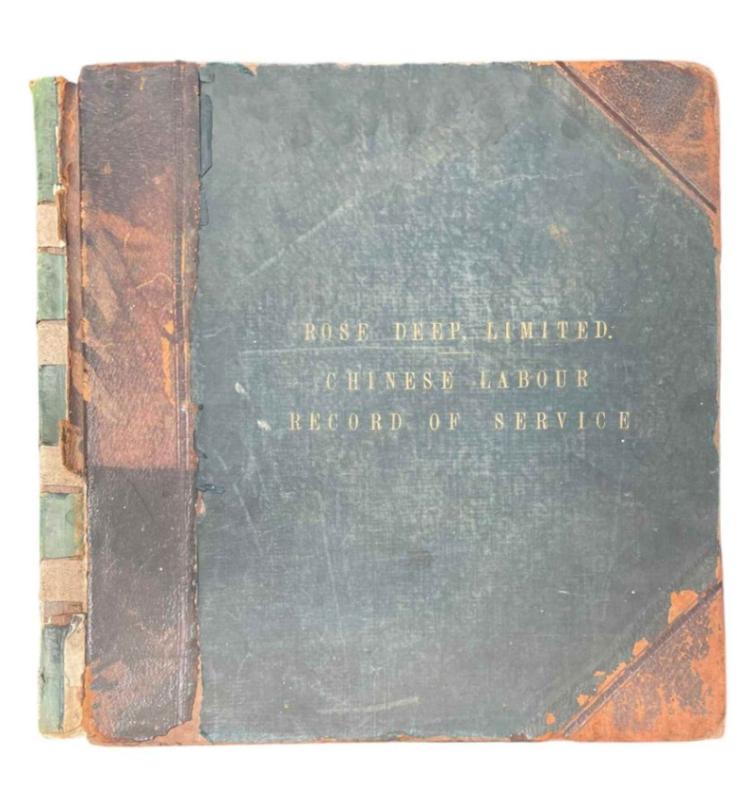
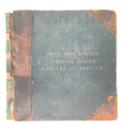
Book Description
Manuscript record of Chinese immigrant workers in the Rose Deep Gold Mine near Johannesburg, 996 pages, large 4to.; original half leather binding, title in gilt on upper cover. The manuscript chronicles the service of 874 Chinese immigrants, dating from February 1905 to January 1908. Each miner has a full page listing: registration number, name and surname, amount earned, moneys advanced, remittance to China, number of shifts worked, number of working shifts in month, leave, sickness, accidents, desertion, unlawful absence, deaths, repatriation, total shifts lost, and remarks as to conduct and character. After the Anglo-Boer War, production on the gold mines of the Witwatersrand was very low due to a lack of labour. The British government was eager to get these mines back working as quickly as possible as part of their overall effort to rebuild the economy. Much of the local labour had returned to farming and the Governor Lord Milner reluctantly agreed with the assent of the British government to import Chinese coolies, each on a three-year contract, that terminated with compulsory repatriation. The mines had become unpopular with Africans due to attempts to reduce wages in order to maximise profits. Some mines experimented using whites as unskilled labour but these experiments were unsuccessful as they tended to demand higher wages. On the 19th of June 1904, the first Chinese labourers thus arrived at the Witwatersrand. Between 1904 and 1910, there were almost 64,000 Chinese working on the Witwatersrand gold mines, near Johannesburg. Most of these contractors were recruited from the Chinese provinces of Zhili, Shandong and Henan. This measure was very successful in increasing the production of gold from mining but in the long run it faced stiff resistance from white labour that considered the Chinese unfair competition in terms of skilled and semi-skilled jobs. Chinese labour in the South African Mines met appallingly dangerous condition, a lack of sanitation, good food and welfare. Herbert Hoover, who would become the 31st U.S. president, was a director of Chinese Engineering and Mining Corporation (CEMC) when it became a supplier of coolie labour to South African mines. The first shipment of 2,000 Chinese workers arrived in Durban from Qinhuangdao in July 1904. Almost all the Chinese labour was entirely recruited and shipped by CEMC. When the living and working conditions of the labourers became known, public opposition to the scheme grew and questions were asked in the British Parliament. The scheme was abandoned in 1911. The mass importation of Chinese to work on the gold mines contributed to the fall from power of the Conservative government in the Britain. However, it did stimulate to the economic recovery of South Africa after the Anglo-Boer War by once again making the mines of the Witwatersrand the most productive gold mines in the world. Little is known about the lives of the Chinese men who actually worked in the Witwatersrand gold mines and this is a rare document which sheds light on this largely forgotten page in Imperial history. Spine lacking and worn.
Author
South Africa: Rose Deep Limited
Date
1905
Binding
Half leather
Publisher
No Publisher
Condition
Good
Friends of the PBFA
For £10 get free entry to our fairs, updates from the PBFA and more.
Please email info@pbfa.org for more information

